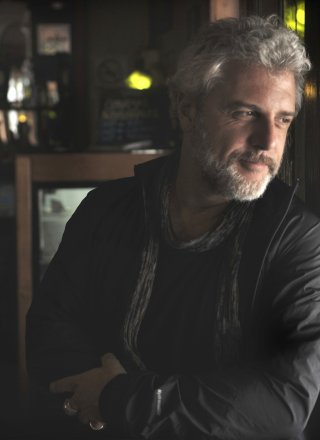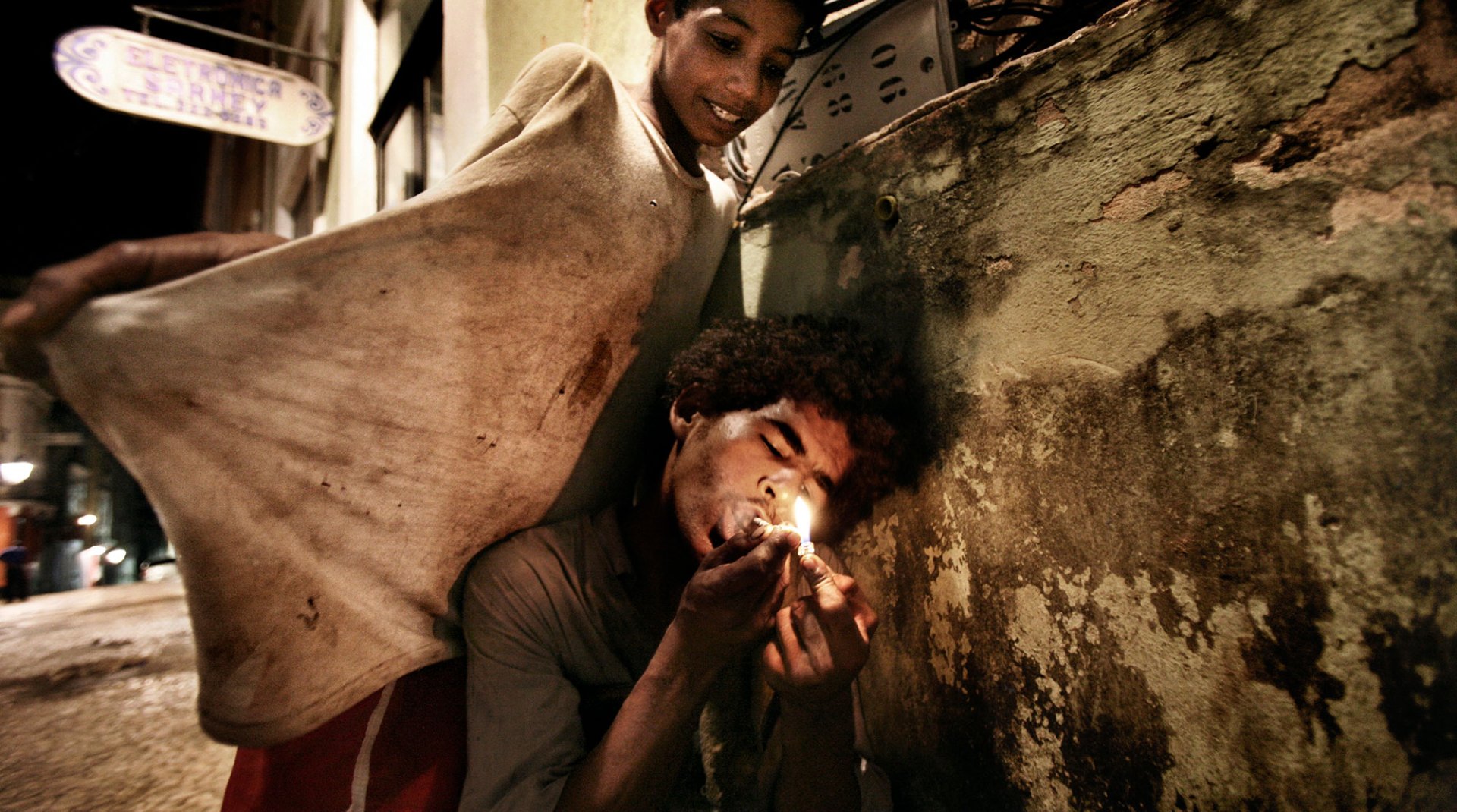
Paco : A Drug Story
Valerio Bispuri
“I have always thought that photography needs time to get to the right depth. To be able to tell a story, you need to achieve a balance between your own emotions and reality.” Valerio Bispuri
Paco, A Drug Story is a project covering the full life cycle of a new drug, investigating its production, trafficking and consumption, the addicts and victims. Valerio Bispuri has been working on the story since 2003. Paco first appeared in Argentina during the country’s economic depression. It is the poor man’s cocaine (a dose costs less than half a dollar) and has wreaked havoc in the slums of Buenos Aires. Paco is smoked like crack and is said to be fifty times stronger than cocaine. The effect is immediate but short-lived (as little as 20 seconds), and it can lead to addiction in a very short time, being much more addictive than heroin or crack.
Paco, also known as PBC (pasta básica de cocaina, cocaine base paste), is a by-product of cocaine, made with cocaine waste mixed with highly toxic substances such as kerosene, ground glass or even rat poison. It is usually manufactured in illegal laboratories known as cocinas (kitchens) in the villas (sprawling slums) on the outskirts of Buenos Aires. The exhibition includes pictures offering a rare view of these kitchens, documenting the entire production process.
Preview
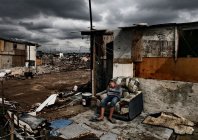

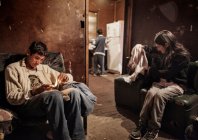
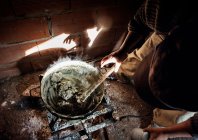
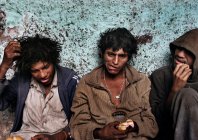
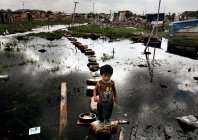
Some of the worst victims of the addiction are boys aged 12 to 25 in urban ghettos, a young army of “walking dead” who will do anything to get a dose, and the effects on the individuals, their health and entire communities are devastating.
Paco is also a problem for the middle and upper classes, and affects other countries such as Uruguay, Chile, Peru, Paraguay, Colombia and Brazil. After years of economic recession and the huge increase in the number of poor in Argentina, the drug spread very quickly. Another factor was the shift in cocaine trafficking in the region when Argentina emerged as a cocaine producer and also remained an important transshipment point on the way to Europe. Over the years, Valerio Bispuri has been in close contact with families destroyed by paco, talking with mothers distraught with grief and helplessness, seeing the drug being used, paralyzing and killing mere teenagers. Through his work, he has witnessed paco users as they lose their grip on reality, no longer able to feel hunger or to sleep. He has recorded the transformation of their faces, of their very features, and even of their consciousness, as addicts often smoke to the point of fainting.
Bispuri’s photos are more than just an exposé of the scourge of the drug; they also present a psychological exploration of new forms of poverty in South America, of the perceptions, expectations and values of the young boys whose lives are of no interest to the media and have been lost to indifference.
Valeria Fornarelli & Vincenzo Ostuni The author wishes to thank Claudio Palmisano for his post-production work.






